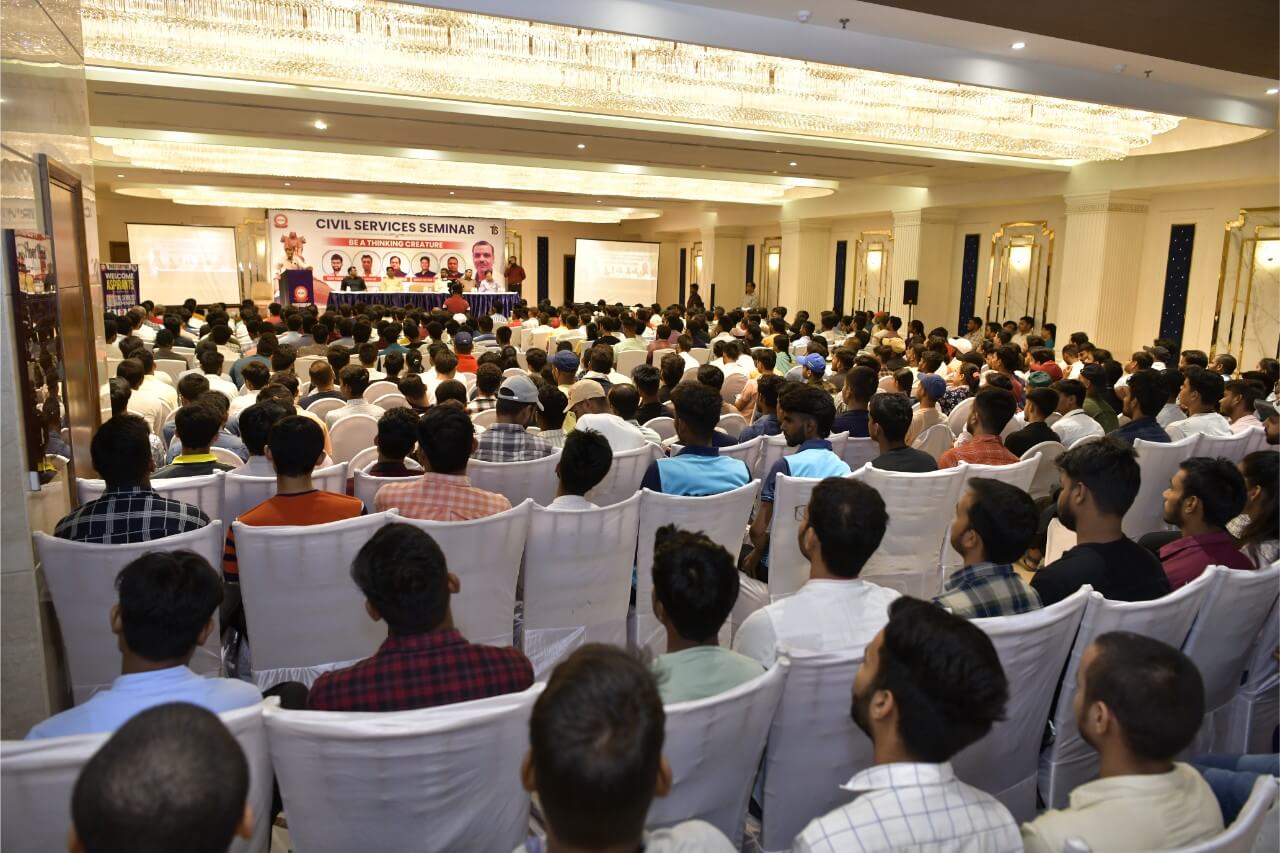

























































Stay updated with concise yet insightful analysis of the day's significant developments, presented in a simplified manner to enhance understanding.
Gain valuable insights from our faculty's video reviews of essential books for UPSC preparation, guiding you towards the most relevant resources.
Engage in interactive discussions with fellow aspirants and our faculty, fostering a collaborative learning environment and facilitating conceptual clarity.
Assess your preparedness with our meticulously designed test series, encompassing both Preliminary and Main examinations, enabling you to identify areas for improvement and refine your approach.
Access a vast pool of free resources, including informative videos, to establish your foundation knowledge and kickstart your UPSC preparation journey.
Access to a vast collection of UPSC resources, books and materials, enabling you to study and enhance your preparation.
Copyright © 2024. All rights reserved.